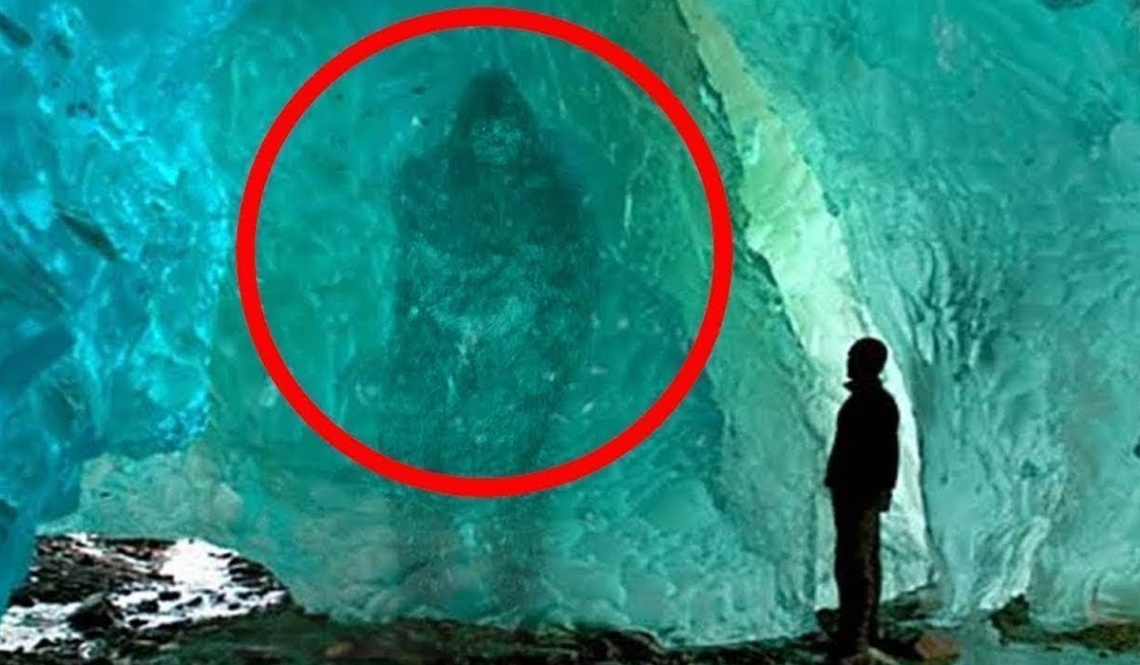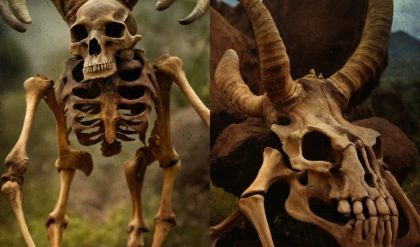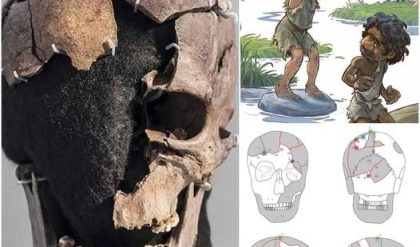In a remarkable archaeological discovery, scientists have unearthed the remains of a giant creature that has been frozen for an astonishing 2,000,000 years in a remote region of Siberia. This find not only provides a glimpse into the prehistoric world but also raises intriguing questions about the Earth’s climatic history and the creatures that once roamed it.
Discovery Details
The frozen remains were found in the permafrost of Siberia, a region known for preserving ancient specimens due to its extreme cold. Scientists believe that the creature, which measures over 15 feet in length, is a previously unknown species, potentially related to ancient megafauna like mammoths or giant ground sloths.

Significance of the Find
Climatic Insights: The discovery offers vital clues about the climate conditions of the Earth during the time the creature lived. By studying the creature’s remains and the surrounding sediment, researchers can gain insights into the ecosystem and environmental changes over millions of years.
Evolutionary Studies: This giant creature could fill gaps in the evolutionary history of large mammals. Understanding its physical characteristics, habitat, and behavior can shed light on how species adapted to prehistoric conditions.
Genetic Research: Scientists are eager to analyze the DNA of the creature to determine its lineage and how it relates to modern animals. This research could provide valuable information on genetic diversity and adaptation in response to climate change.
Fossil Preservation: The exceptional preservation of the creature is a testament to the unique conditions in Siberia’s permafrost. This discovery highlights the importance of preserving and studying these environments, which hold potential treasures of the Earth’s biological history.

Public Reaction and Future Exploration
The news of this extraordinary discovery has sparked excitement among both the scientific community and the public. Many are fascinated by the idea of uncovering prehistoric life and what it reveals about our planet’s past.
Researchers are planning further expeditions to the site to recover additional specimens and gather more data. They aim to create a comprehensive picture of the prehistoric ecosystem in which this giant creature lived.

Conclusion
The discovery of a giant creature frozen for 2,000,000 years is a monumental find that offers a wealth of information about our planet’s history. As scientists continue to study this remarkable specimen, they hope to unlock more secrets of Earth’s past and contribute to our understanding of evolution, climate change, and biodiversity. This find serves as a reminder of the mysteries still hidden beneath our feet and the incredible stories waiting to be uncovered.





